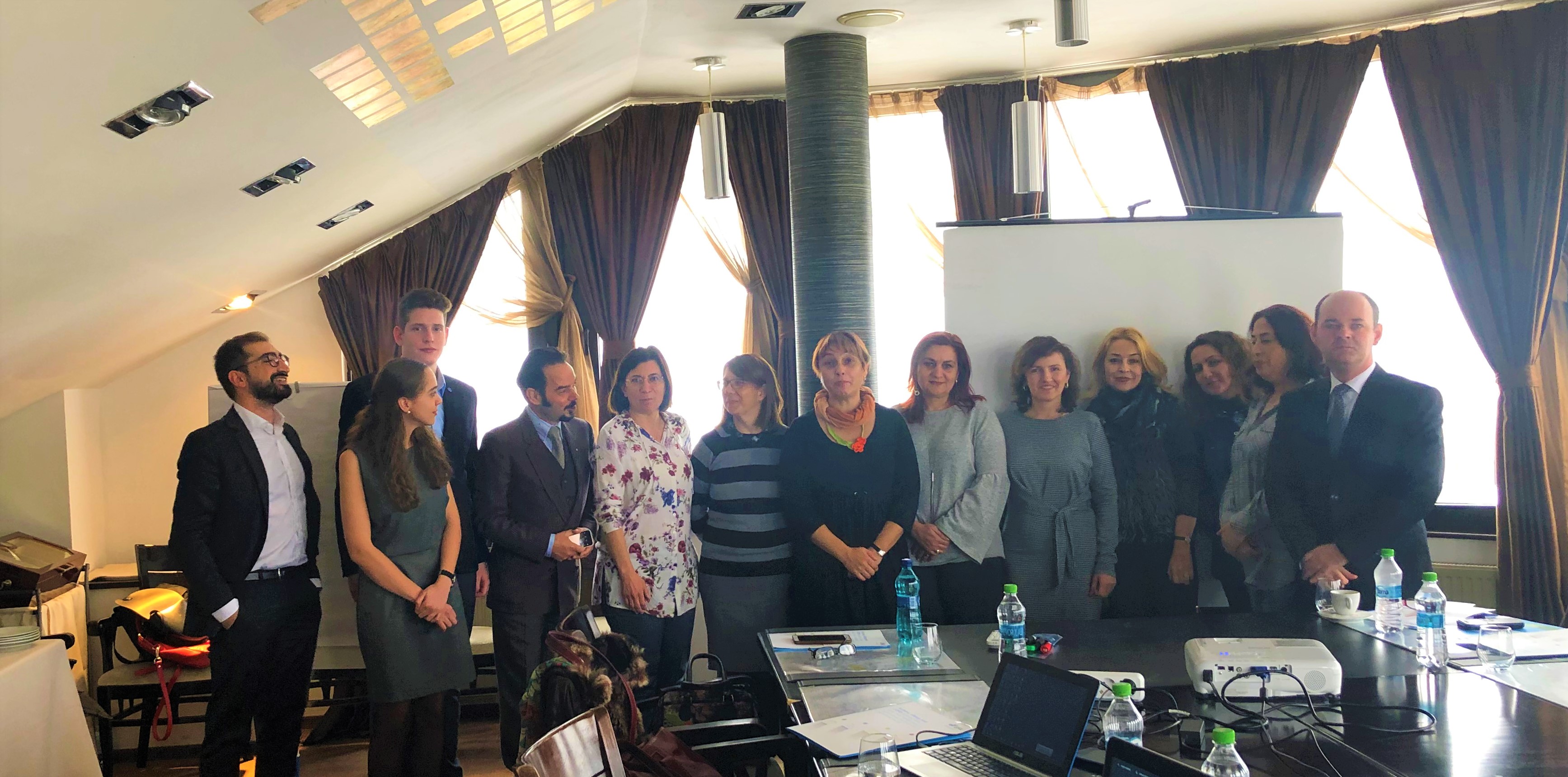Since 2014 EFA runs a Capacity Building Program to transfer knowledge between members facing limited resources, information and tools. In 2018 for the first time we launched 10 online sessions (webinars), allowing more EFA Members and their members to participate. They attended presentations from expert external speakers in the fields of governance, fundraising, membership, project management, communication and advocacy and contributed by posting their experiences at national level.
With the aim of facilitating the establishment of patients associations in countries where patients groups are less represented, we also organised a meeting with a group of Romanian patients willing to establish a respiratory diseases and allergy patients’ organisation. We discussed about the situation of patients, the perception of our disease areas in Romania and also about how to build and run a patient organization successfully. Local organizations such as the Romanian Tuberculosis Patients Association, the European Academy of Allergy and Clinical Immunology (EAACI) and professional journalists also brought their experiences to the meeting. In 2019 we will activate a similar process in Georgia.
Delayed to January 2019, we organised our 9th annual ‘Meet and Greet the EU Training’ in Brussels, an effective way of familiarising EFA members with the European Union. Through meetings with EU officials, our members had the possibility to increase the involvement of patients with allergy and airways diseases in EU policymaking. During the training, participants from six EFA Members from Austria, Italy, the Netherlands, and Spain, got an overview of the most important ongoing policy discussions at the EU level. Topics were air quality, chemicals and access to healthcare. Our guests met with a total of 11 Members of the European Parliament. In a practical training session, they learnt how to maximize their advocacy and policy influence through a mix of scientific evidence, patient stories and speech techniques.
The meeting met participants’ expectations at 85%.
